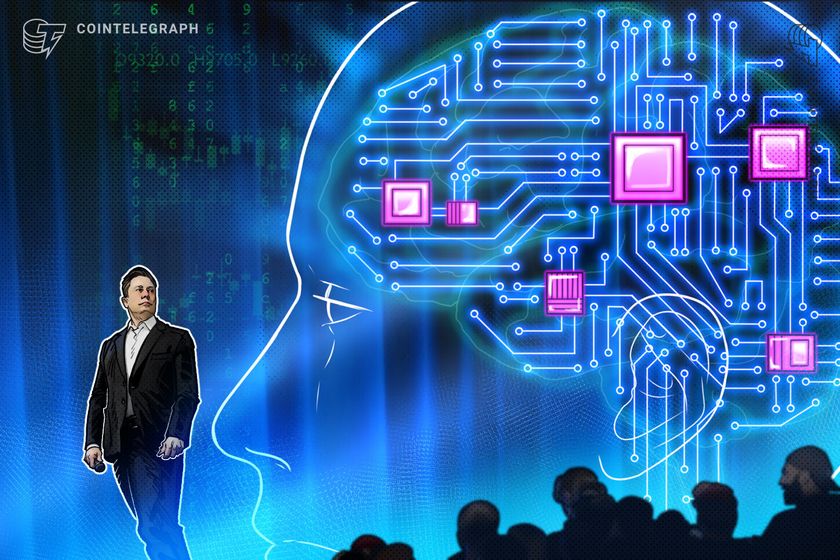

One of Bitcoin’s key communication tools used to discuss potential protocol changes was knocked out for several hours starting on April 2, with one moderator speculating it may have been a targeted attack assisted by bots.
For several hours across April 2 and 3, Bitcoin core developers and researchers were unable to interact on Google Groups after Google banned the group for spam.
“Bitcoin Development Mailing List has been identified as containing spam, malware, or other malicious content,” Google’s warning stated at the time.
The Bitcoin Development Mailing List’s warning before the ban was lifted. Source: Google
Bitcoin Core developer Bryan Bishop told Cointelegraph that the ban may have been triggered by individuals or bots mass-reporting the Bitcoin mailing list from multiple accounts.
It’s a common tactic by attackers looking to ban or censor a community, Bishop said, noting that similar incidents occur on YouTube, X and TikTok fairly often.
“So it’s possible that this whole thing might have been triggered through something like that. It might have just been someone clicking those links on a massive scale to report it.”
Google Workspace Support’s X account confirmed that the issue had been resolved on April 3 at 2:23 am UTC in response to one of the Bitcoin mailing list’s other moderators, Ruben Somsen.
Bitcoin advocate and head of Block Inc, Jack Dorsey, also called attention to the ban, urging Google CEO Sundar Pichai to investigate the issue.
Related: Bitcoin creator Satoshi Nakamoto may be wealthier than Bill Gates
Mailing lists typically involve one moderator email sending information to subscribers in a group to discuss and collaborate on a topic or shared interest.
The Bitcoin mailing list is used by Bitcoin core developers and researchers to discuss potential protocol changes to Bitcoin, which secures more than $1.6 trillion worth of value for network users around the world.
It has become one of the main Bitcoin mailing lists since the network’s pseudonymous creator, Satoshi Nakamoto, shared Bitcoin’s white paper on the Cryptography Mailing List on Oct. 31, 2008.
Bitcoin mailing list moderators plan to stay on Google Groups
Despite the incident, Bishop said the Bitcoin mailing list moderators have no intention of moving away from communicating via email:
“The reality of the situation is that this particular mailing list has always been email, and so the contributors that discuss Bitcoin protocol development through email, in order to provide continuity of service, you have to replace it with email.”
The Bitcoin mailing list officially migrated to Google Groups in February 2024.
Source: Bryan Bishop
Before that, the mailing list was hosted on the Linux Foundation, Oregon State University Open Source Lab’s infrastructure and SourceForge.net.
Bishop suggested that a Bitcoin forum shouldn’t be limited to one particular platform, pointing out that there are several other platforms where Bitcoin developments are discussed, including GitHub and the decentralized social network Nostr.
Magazine: 10 crypto theories that missed as badly as ‘Peter Todd is Satoshi’









